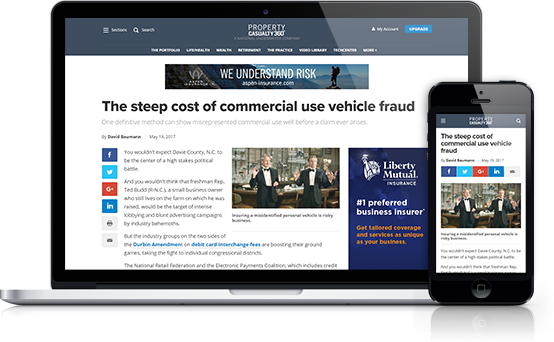 In the insurance industry, the two most common customer acquisition approaches both have unique challenges. First, the "traditional" approach of a large field presence, of either employed insurance representatives or independent agents, must attempt to differentiate its product and approach, even when there may be few differences from company to company. The most effective way is to market one-to-one with direct marketing and offers that speak to an individual's preferences and current needs. This requires a blend of having the correct pieces of marketing materials available and giving the field sales representatives flexibility to personalize for each prospect.
In the insurance industry, the two most common customer acquisition approaches both have unique challenges. First, the "traditional" approach of a large field presence, of either employed insurance representatives or independent agents, must attempt to differentiate its product and approach, even when there may be few differences from company to company. The most effective way is to market one-to-one with direct marketing and offers that speak to an individual's preferences and current needs. This requires a blend of having the correct pieces of marketing materials available and giving the field sales representatives flexibility to personalize for each prospect.
Ideally you're leveraging your field staff as well as independent agents because they are each experts on their prospects and customers. An added goal is to do this in the most efficient and cost-effective way. This means that alignment of sales and marketing may have less to do with when a lead is sent to a sales rep and more about using the most current version of each marketing material and not printing more than is needed. For example, as part of a continued effort to rationalize its cost structure, European insurance company P&V Verzekeringen sought to reduce the costs associated with the production and administration of its sales and marketing collateral. Julien Hayen, P&V corporate communications officer explains, "To ensure a sufficient supply for our agents, we'd produce flyers and brochures in large quantities. Every year, however, we had to dispose of collateral because it had become outdated as a result of changes in the market, the legal environment, or simply because certain promotional offers would be limited in time."
Agents would order standard collateral by phone or by e-mail, often more than required as they didn't want the extra bother of regular re-ordering. With this manual process, it was difficult to prevent the use of out-of-date information being distributed, which had liability implications as well as possibly affecting the sales process. Hayen adds, "We also identified a need for personalization, having noticed that our agents increasingly used self-produced, personalized communication materials. Unfortunately these communications, however well-intentioned, didn't always comply with legal requirements, let alone brand standards."
Recommended For You
Want to continue reading?
Become a Free PropertyCasualty360 Digital Reader
Your access to unlimited PropertyCasualty360 content isn’t changing.
Once you are an ALM digital member, you’ll receive:
- Breaking insurance news and analysis, on-site and via our newsletters and custom alerts
- Weekly Insurance Speak podcast featuring exclusive interviews with industry leaders
- Educational webcasts, white papers, and ebooks from industry thought leaders
- Critical converage of the employee benefits and financial advisory markets on our other ALM sites, BenefitsPRO and ThinkAdvisor
Already have an account? Sign In Now
© Touchpoint Markets, All Rights Reserved. Request academic re-use from www.copyright.com. All other uses, submit a request to [email protected]. For more inforrmation visit Asset & Logo Licensing.







